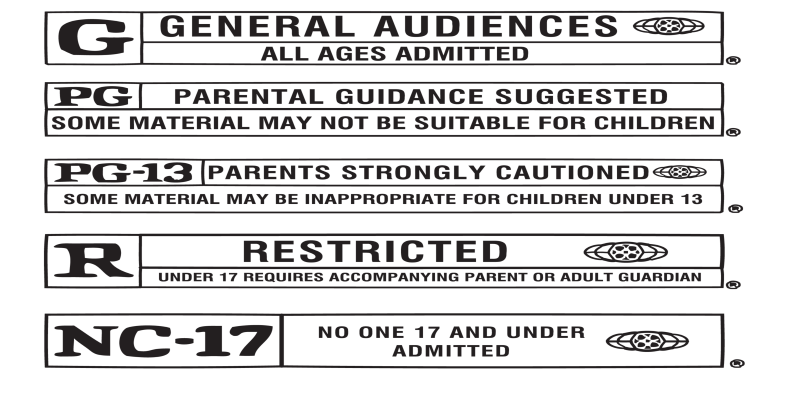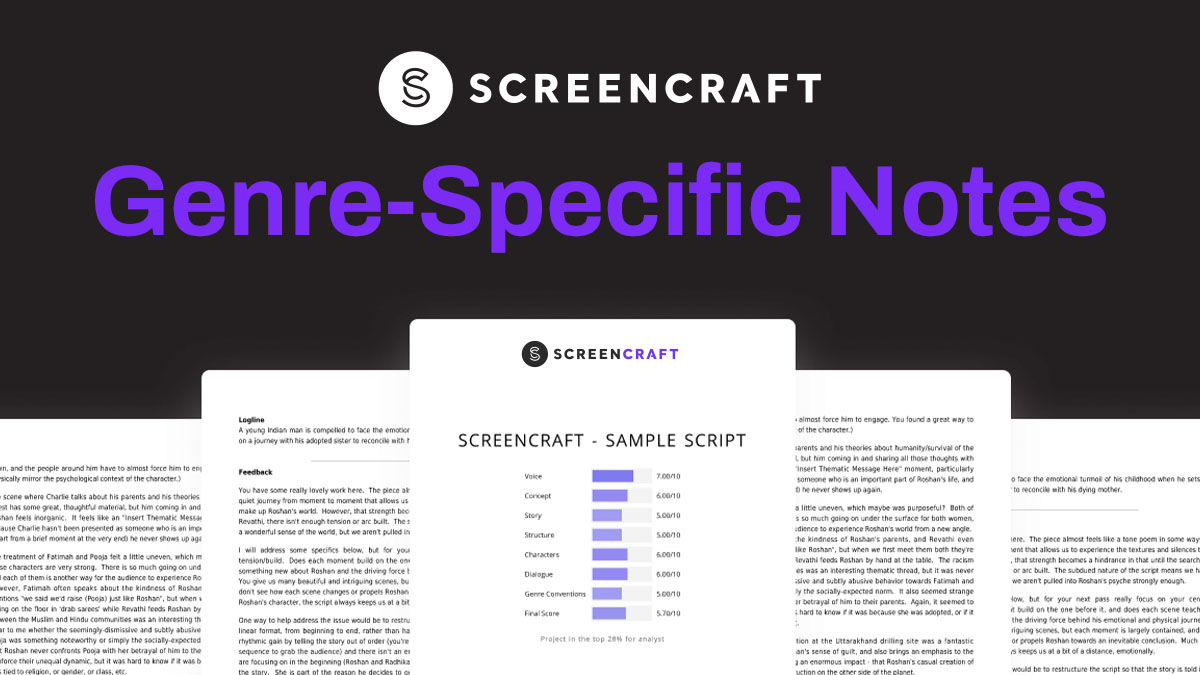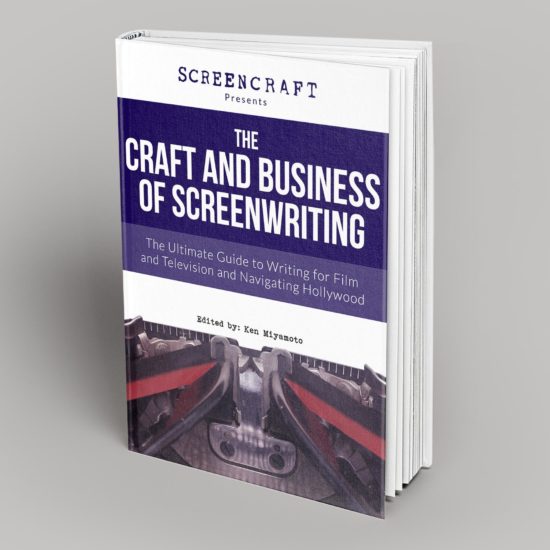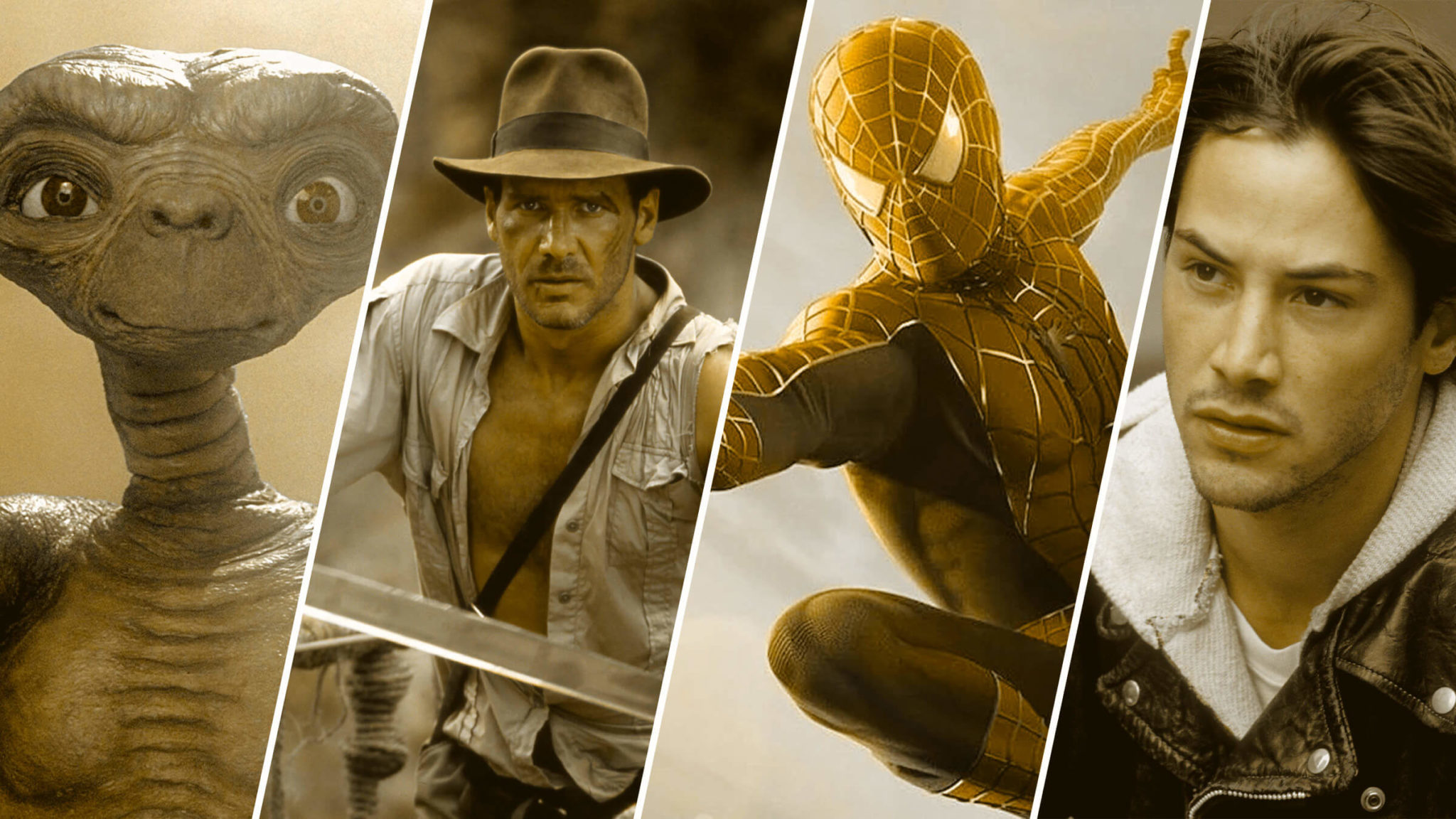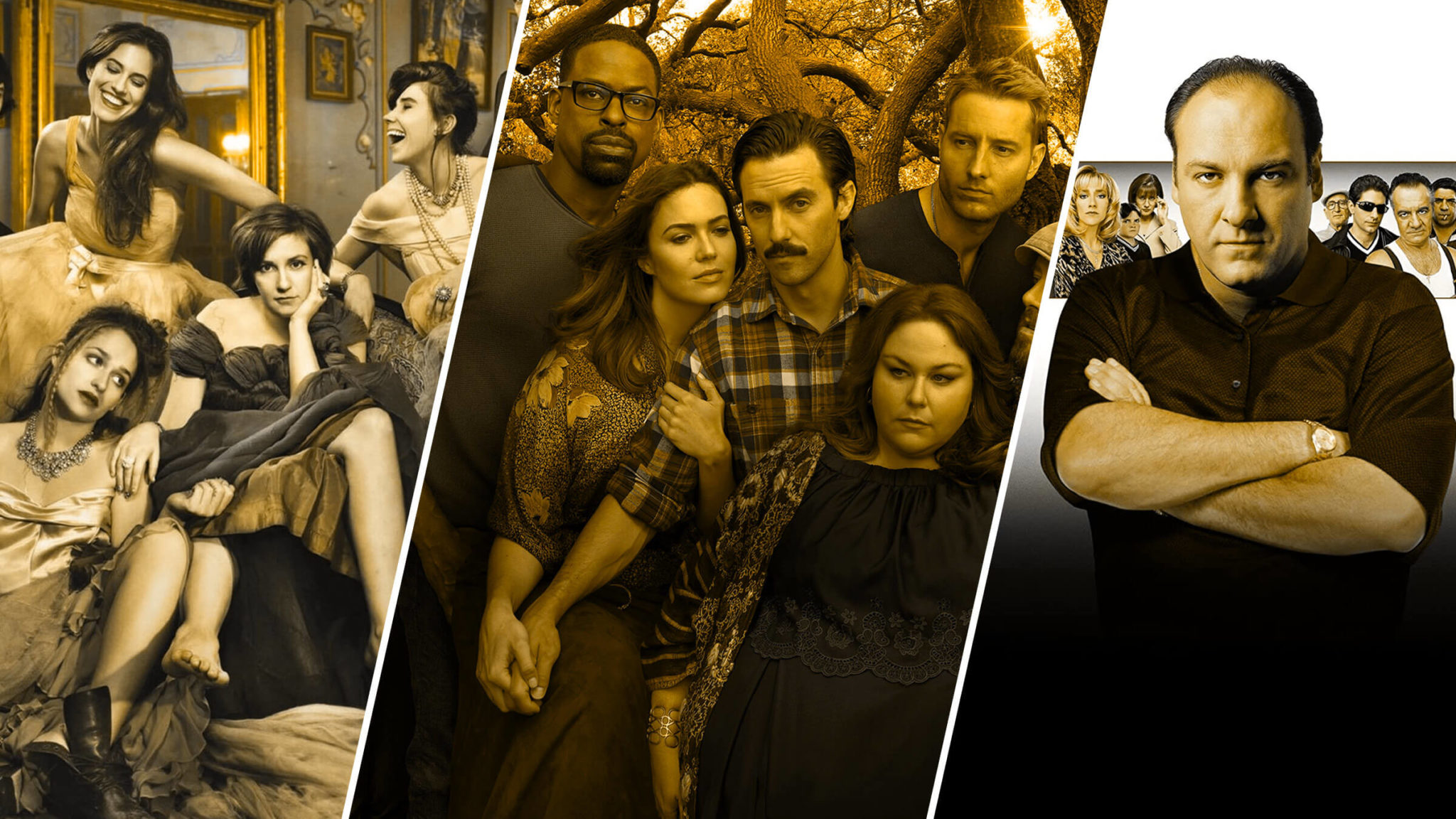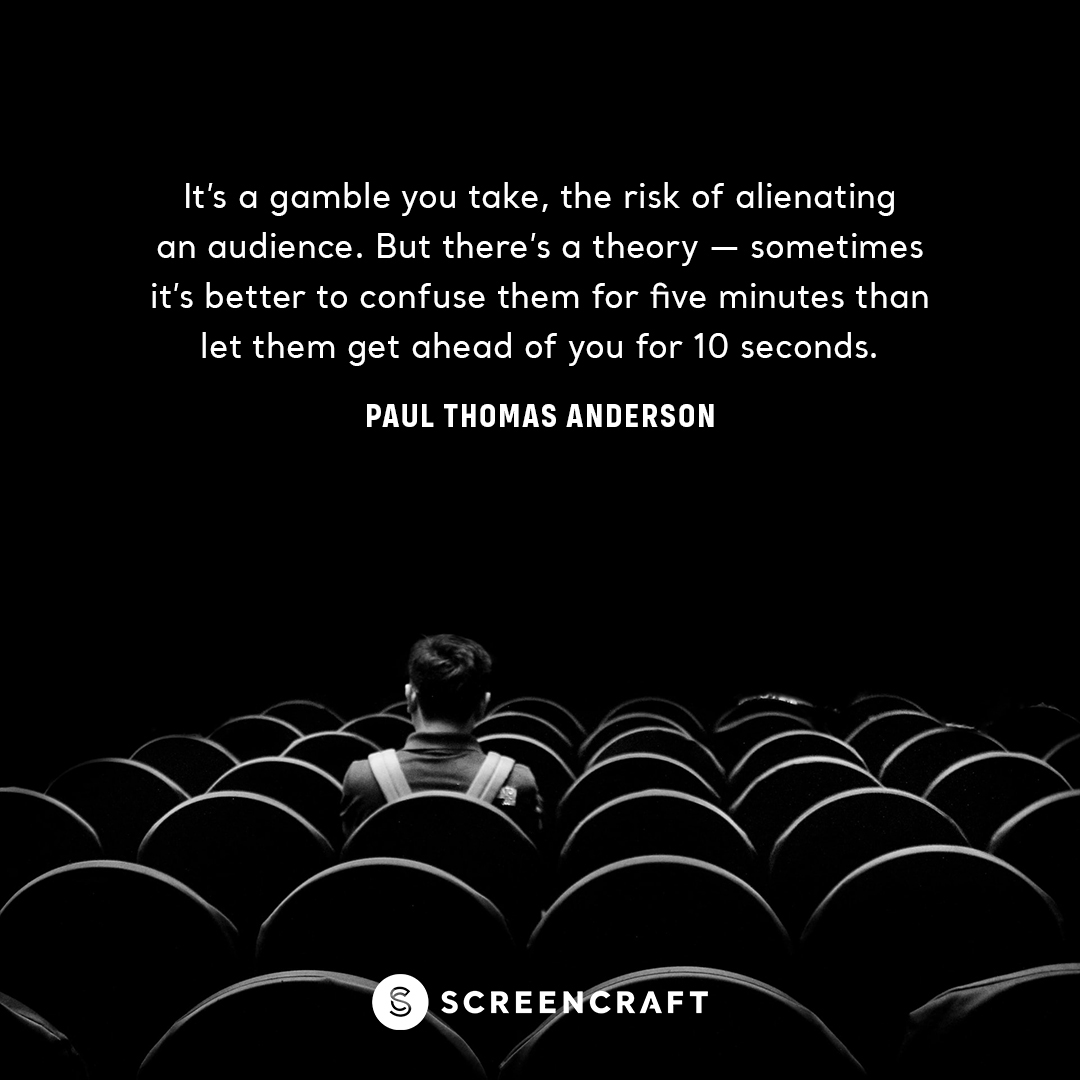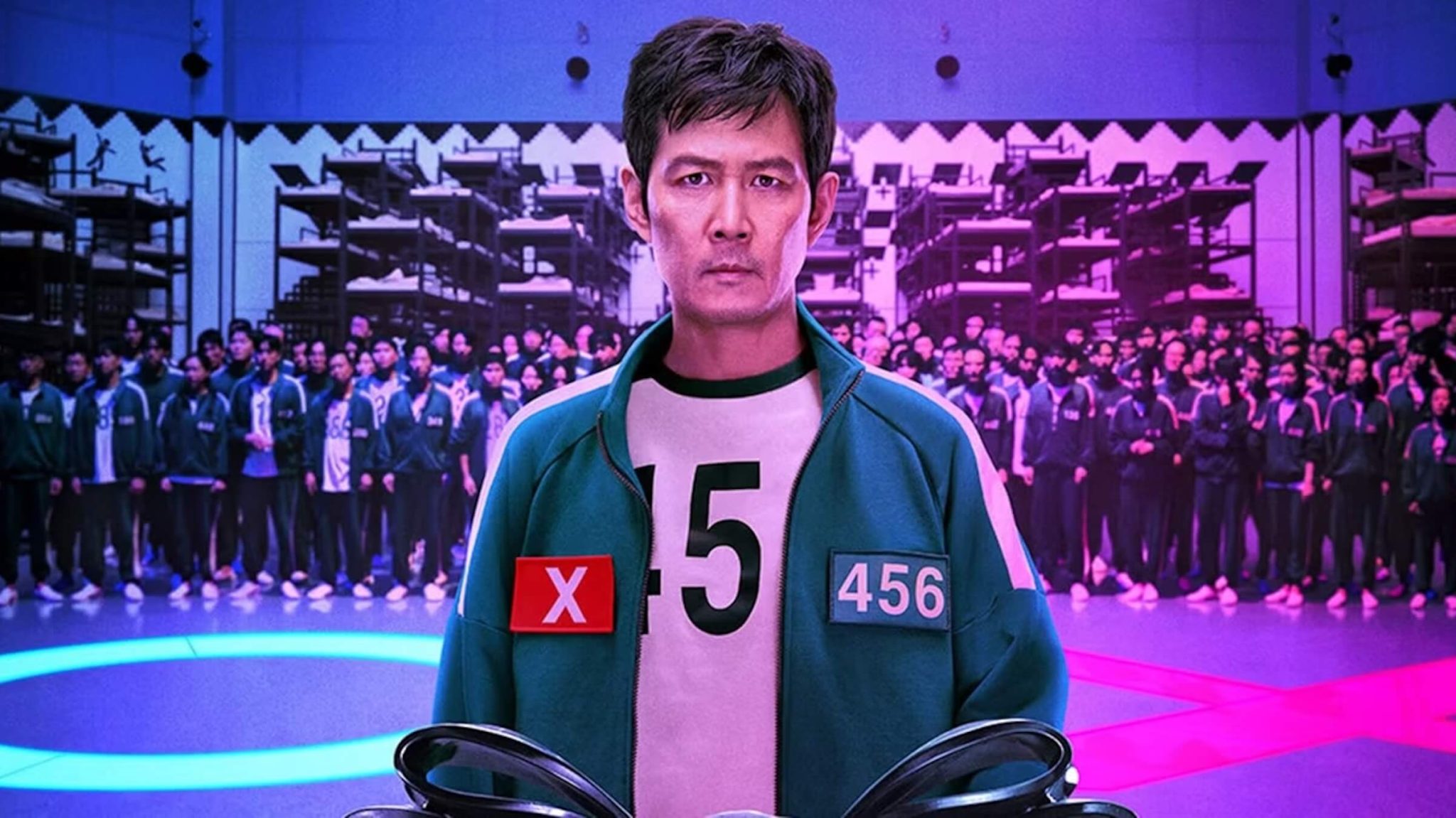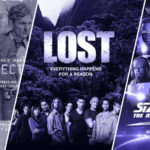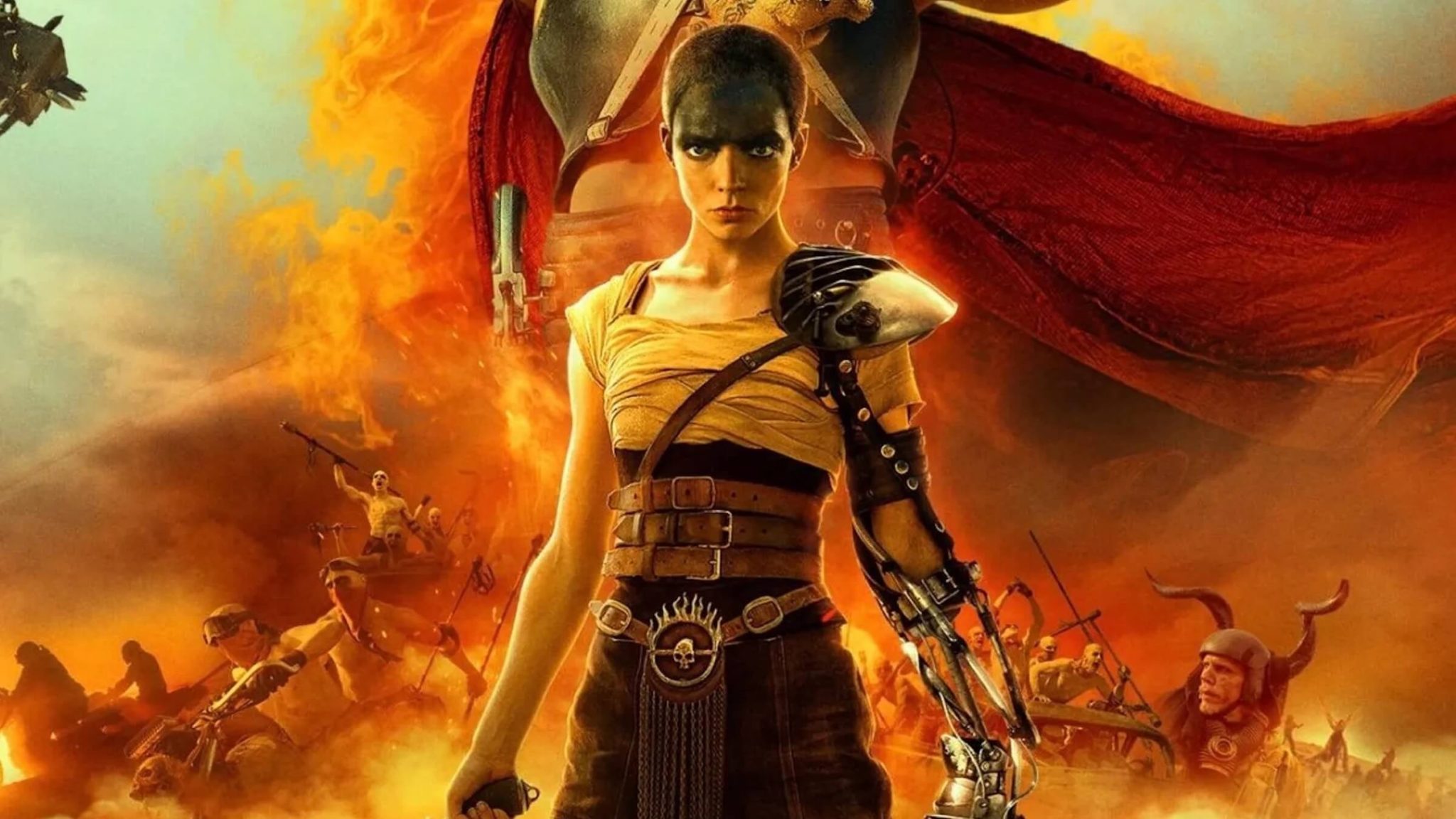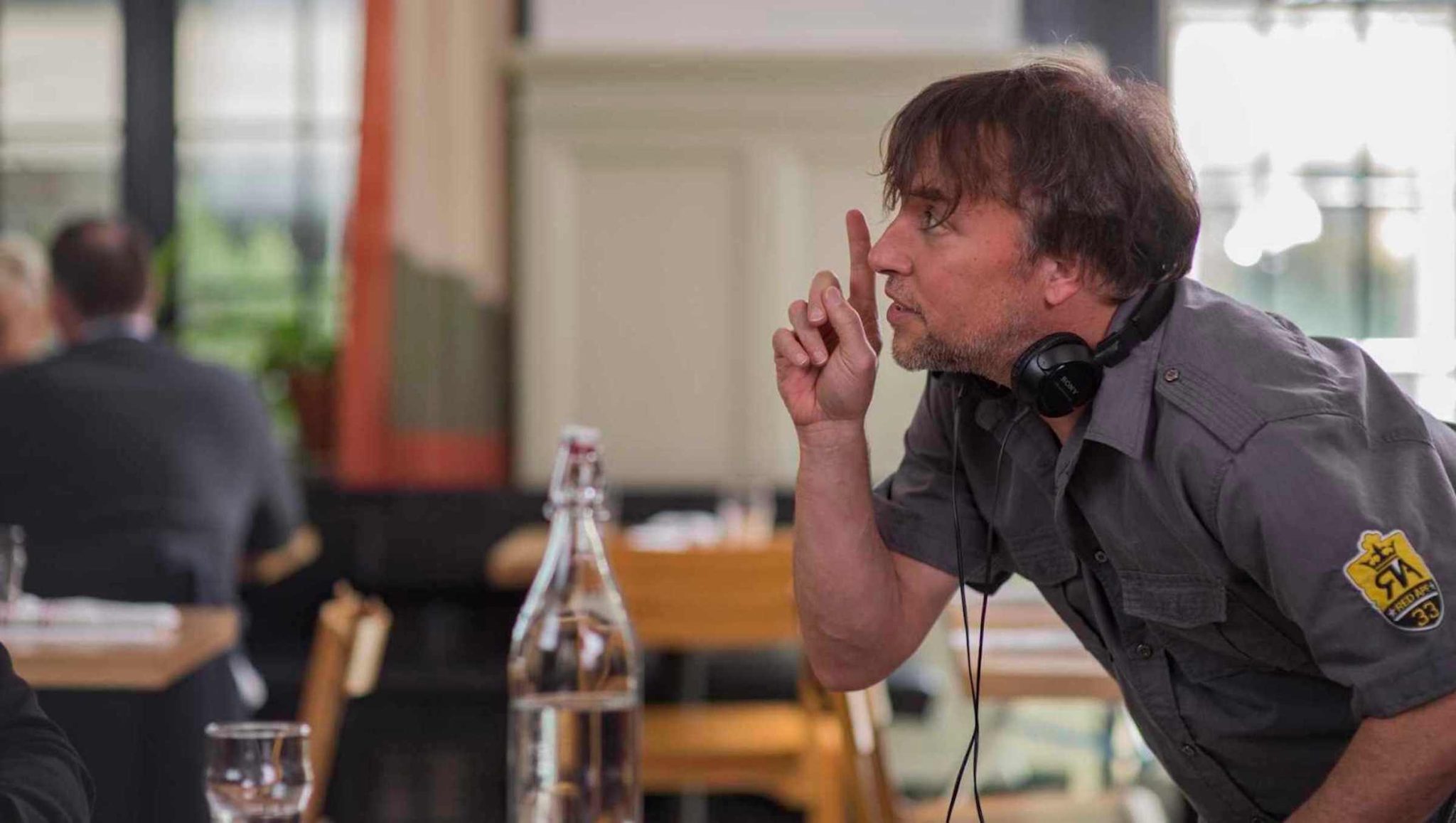Should Screenwriters Write with an MPAA Rating in Mind?
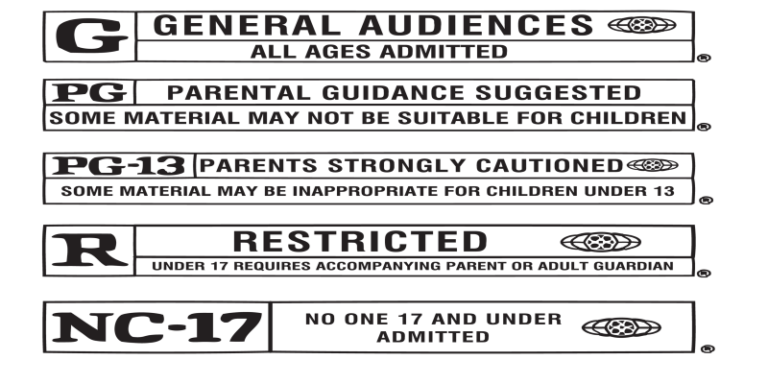
Before we begin, know that story and character — and the delivery of each of those elements within any given script — are the most important factors to writing a screenplay. Without solid and engaging stories and characters, there is nothing else to talk about.
That said, screenwriters looking to turn their screenwriting passion into a screenwriting career need to be smart.
The notions of "just write what you feel" and "be true to yourself and your story, no matter what the content might be" are naive and false in terms of professional screenwriting. When you're trying to sell something, it's different.
Writers need to research and develop their concepts. They need to know what the demographics are, who will be watching such concepts, and what types of companies make such concepts.
And there is another layer to this that screenwriters often forget to consider — Ratings. I can feel the eyes rolling by some of the more cynical screenwriters out there reading that sentence, but anyone that's actually in the true trenches getting their scripts read, getting meetings, and what not know that this element is important.
You can't pitch a screenplay that has sex, violence, and bad language to Disney. In turn, you can't pitch a G-rated flick to a company like Nu Image that thrives on often violent action movies.
When you're trying to sell a spec script or be considered for an assignment, you need to cater the script to the demographic and do your homework on what audience-types that demographic is comprised of. You're giving that reader, producer, or development executive an excuse to reject you if your script has 20 F-bombs and a sex scene when their company thrives on PG-13 fare.
Ratings matter. You don't have to be obsessed with them and their stipulations, but you have to be aware of their restrictions.
We recently spoke with former MPAA employee Barry Freeman, who has rated over 8,000 movies while serving on the Classification and Rating Administration at the MPAA. He started a consulting site to help producers and directors maneuver through the ratings approval process, whether that be during on-location shooting, post-production, or for MPAA submissions.
"The MPAA is much more than the ratings board. They are the voice behind the major studios — Disney, Paramount, Sony, 20th Century Fox, Universal and Warner Brothers," Freeman stated.
The MPAA has changed over the years. It started out in 1922 as a trade association for member companies. The current version of the MPAA's ratings board was put into effect in the mid 1960's when former LBJ aide Jack Valenti took over as president where he instituted a system of voluntary film ratings.
"The main responsibility of this new system was to provide parents with information about the appropriateness of films for children," Freeman added.
The current rating system allows for 5 possible ratings:
| Rating symbol | Meaning |
|---|---|
|
|
|
|
|
|
|
|
|
Changes have been made over the contemporary years of this rating system. In the early 1980s, there were often complaints about violence and gore in PG-rated films, with movies like Indiana Jones and the Temple of Doom and Gremlins turning some heads in a negative light as both received PG ratings despite some very disturbing and intense imagery for children — eating monkey brains, ripping the heart out of someone's chest, gremlins killing people left and right, gremlins being mutilated in blenders and microwaves, etc.

It was Steven Spielberg himself, the director of The Temple of Doom and executive producer behind Gremlins, that suggested a new intermediate rating between "PG" and "R" — thus, PG-13 was born.
The first film that received such a rating was the 1984 classic Red Dawn.
In 2007, smoking was added as a possible ratings factor. This added an additional ratings element to violence, sexual content, language, drug use and theme.
Screenwriters should research and study the below guidelines and keep them in mind. It's all about increasing the odds of getting your screenplays and your writing considered. Why let some full frontal nudity, profanity, or a little onscreen drug use get in the way of your spec option, sale, or possible assignment?
The following breakdowns are taken from Motion Picture Association of America film rating system:
Violence
The violence in a G-rated film must be cartoonish in nature or minimal in quantity. If the violence is little more than minimal, it requires a PG rating. If the violence is stronger than mild, it requires a PG-13 rating. If the violence is too rough and persistent, it requires an R rating. If the violence is extreme and exaggerated, it requires an NC-17 rating.
Language
G-rated films usually can have language beyond polite "swears" — heck, rats, dang, darn, shoot, etc. — but rarely, if ever, with profanity.
PG-rated films may have mild profanity — damn and hell — while PG-13 rated films may contain stronger language. Depending on the target audience — rather than a film's actual age rating — one of the harsher sexually-derived words — an F-bomb — can be used, provided that the word is not used with a sexual meaning.
The F-Bomb
"Most films are allowed one use of the F-word (if not used in sexual context) in PG-13. Some films are allowed two. One major exception to the language standard was the war documentary Gunners Palace, which had "strong language throughout." Note that this film won the rating based on an appeals process and is not the norm," Freeman detailed.
If the F-word is spoken more than once or used sexually, it is routine today for a film to receive an R rating. There have been multiple exceptions to the "Two F-word" ruling noted so far: Bully, a 2011 documentary about bullying, the aforementioned Gunner Palace, a documentary of soldiers in the Second Gulf War (the film has forty-two uses of the word, two of which were sexual), The Hip Hop Project, Philomena, Adventures in Babysitting (the word is used twice in the same scene), and more recently, The Martian, which used the word twice.
Also, the word motherf***er cannot be spoken at all in films rated lower than R because it is considered too offensive. Perhaps the most famous issue regarding that word and the ratings system came with Live Free or Die Hard, the fourth Die Hard movie and the first that was rated below R, in this case, PG-13. John McClane's famous catch phrase was cut short by a gunshot, partly in order to attain the studio's want for a PG-13 rating to broaden the film's audience (which backfired by angering Die Hard fans).
Any explicit and grotesque sexual dialogue will require an NC-17 rating; in some cases, an R-rated film will contain some strong sexual dialogue (i.e. The To Do List). So tread careful on that front.
Additionally, some notable PG films contain uses of the F-word, including Big, Beetlejuice, All the President's Men, The Front, Spaceballs, Sixteen Candles, Terms of Endearment, and Tootsie. The first two were released in 1988, four years after the PG-13 was introduced, whilst the last four were originally rated R for language, but their ratings were overturned on appeal. Spaceballs was released in 1987 three years after the introduction of PG-13.
Drug Use
A reference to drugs, such as marijuana, usually gets a film a PG-13 rating. An example of an otherwise PG film getting a PG-13 for a drug reference would likely be Whale Rider. The film contained only mild profanity but received a PG-13 because of a scene where drug paraphernalia were briefly visible. Critic Roger Ebert criticized the MPAA for the rating and called it "a wild overreaction." Having more illegal drug use and/or abusing drugs as well as onscreen drug overdose, requires an R or NC-17 rating.
"Any [drug use] use is usually rated at least PG-13. When it involves children and teens or happens more often than adults fairly briefly smoking pot recreationally, it will more than likely be rated R," added Freeman.
Sexual Content
As of 2010, the MPAA has added a descriptor of "male nudity" to films featuring said content. A brief scene of nudity (non-sexual) will require a PG-rating. More than a brief nudity (non-sexual) will require a PG-13 rating. Sexually-oriented (full frontal) nudity will require an R rating. An explicit or violent sex scene, including scenes of rape or sexual assault, will require an NC-17 rating.
So what does this all mean for the screenwriter?
Whether you agree with the MPAA Ratings Board restrictions or not, it's something that all screenwriters should be aware of when writing a script.
Yes, there can always be a rewrite to tone down the sex, violence, and language of any given script under consideration. A producer or development executive isn't going to dismiss a script that they otherwise want because the hero drops a few F-bombs rather one.
The point here is that screenwriters need to be aware of the restrictions and do their best to cater to the needs of any given demographic, in regards to what ratings that demographic usually falls under. Why? Because that's what the people that may be making your movie need to do. Don't give them a reason to say no.
This is a necessary knowledge-base for all professional screenwriters. Novice screenwriters that haven't broken through yet don't need to worry as much about all of this, however, when that first assignment does come, it's their job to write that assignment knowing where it's going to be seen, on what platform, and with what audience in mind.
Freeman noted, "I've found that when a producer can be supported with a strong knowledge that they can plan on a specific rating (PG-13 is often the golden cow), it makes their job that much easier. To have a strong plan to reach their rating objective only helps the producer in securing budget and time protection."
You, the screenwriter, don't have to obsess about these rating restriction factors. But you should at least be aware of the broad strokes.
And it can aide in your writing as well.
If you're looking to cut scenes, this knowledge offered above may help. Do you need that sexy, but perhaps too graphic, sex scene in your script? Do you need that character to drop the F-bomb every other sentence? Do you need to showcase that gratuitous violent moment? If the answer is no — or if you can alter those moments to lessen the extremeness — you have an easy cut and you've probably opened a couple of more doors of opportunity for your script and writing.
Use these breakdowns to inform yourself of the current industry so that you can take a more calculated approach as you try to turn your screenwriting passion into a screenwriting career.
Ken Miyamoto has worked in the film industry for nearly two decades, most notably as a studio liaison for Sony Studios and then as a script reader and story analyst for Sony Pictures.
He has many studio meetings under his belt as a produced screenwriter, meeting with the likes of Sony, Dreamworks, Universal, Disney, Warner Brothers, as well as many production and management companies. He has had a previous development deal with Lionsgate, as well as multiple writing assignments, including the produced miniseries Blackout, starring Anne Heche, Sean Patrick Flanery, Billy Zane, James Brolin, Haylie Duff, Brian Bloom, Eric La Salle, and Bruce Boxleitner. Follow Ken on Twitter @KenMovies
For all the latest ScreenCraft news and updates, follow us on Twitter, Facebook, and Instagram.
Tags
Get Our Screenwriting Newsletter!
Get weekly writing inspiration delivered to your inbox - including industry news, popular articles, and more!


